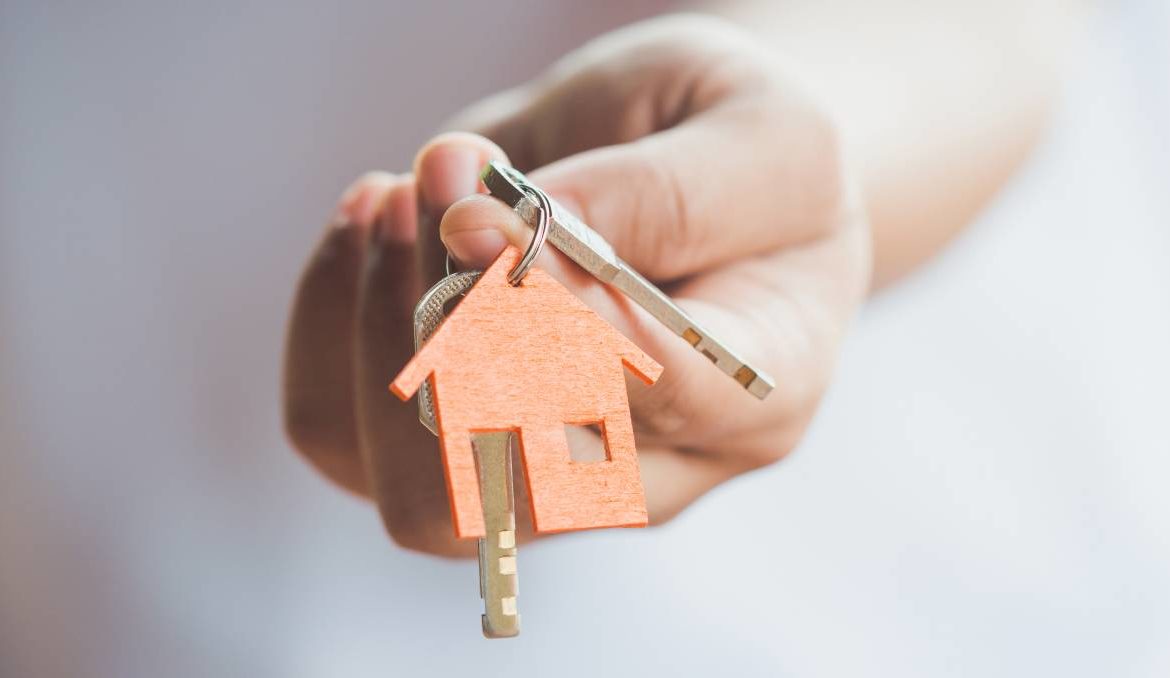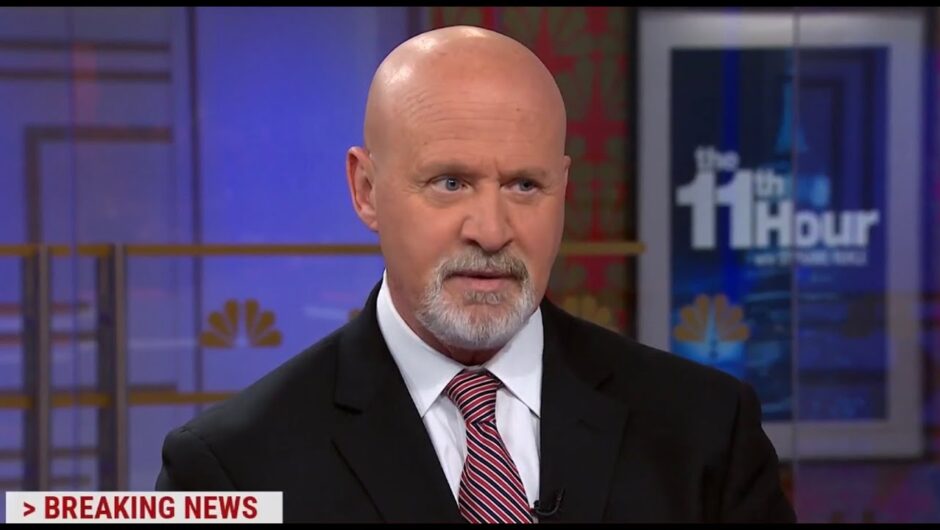news, latest-news,
Welfare organisations are concerned rising house values in the ACT could trap Canberrans in a “brutal private rental market”. A report from CoreLogic released on Monday found the value of houses in the ACT rose by 9.7 percent over the last 12 months. The report found February 2021 had the biggest national house value spike in Australia since August 2003. Sydney recorded the biggest increase of 2.5 per cent, followed by Melbourne with 2.1 per cent and Canberra at 1.9 per cent. “For families trapped in our brutal private rental market, [home ownership] is a dream this report suggests is more elusive for Canberrans earning less than six figures now, than it has been in over a decade,” ACT Shelter chief executive Travis Gilbert said. Mr Gilbert said, alongside rising house prices, Canberrans faced a competitive rental market with “serious structural issues”. “The vacancy rate is near zero for standalone houses in most town centres and that is bad news for tenants wanting bedrooms for their kids,” he said. “We’re seeing asking rents remain above $700 a week in the inner north, south, Woden and Weston which means one-third of income earners in the territory need to hand half their pre-tax income to a landlord just to keep a roof over their heads. “That’s a terrible scenario for sole parents needing bedrooms and a backyard for their kids and even dual-income households on the minimum wage. “Households spending more than half their income on rent are defined as ‘in housing crisis’ … they have next to no savings capacity for emergencies.” Mr Gilbert said CoreLogic’s data suggested Canberrans looking to buy a house would need to set aside $160,000 to satisfy loan to value ratios to get a low interest home loan. “That’s $20,000 more than they needed to save two years ago,” he said. “For an apartment they’ll need $90,000, $8000 more than they would’ve in 2019.” READ MORE: ACT Council of Social Services chief executive Emma Campbell said while incomes were increasing in the ACT it did not mean housing in Canberra was affordable. “ACT Treasury data shows that incomes grew by 5.1 per cent in 2019-20, lagging well behind house price growth of 9.7 per cent. This means a bigger deposit gap for aspiring first home-buyers,” she said. “We expect house price growth will lead to increases in rates and land taxes … this is likely to have a knock-on impact in terms of higher rents.” Dr Campbell said over the past decade the number of low-income households experiencing rental stress in the ACT increased to 43 per cent, affecting 9,414 households. “If house prices continue to grow we expect this trend to continue as more and more people are locked out of owning a home, and more and more people are competing for private rental properties,” she said. “People are waiting over three and a half years for standard public housing while the supply of social housing has failed to keep up with population growth.” “With median house prices increasing well beyond wage growth, relatively high and increasingly expensive private rents, and a shortage of 3,000 social housing dwellings, many low-to-middle income households in the ACT are being left with nowhere to go.” Our journalists work hard to provide local, up-to-date news to the community. This is how you can continue to access our trusted content:
/images/transform/v1/crop/frm/99T2dGQqx4Q5Jfn4kE7iKW/9ea52704-183c-4d7f-9d10-b3e7936b27e7.jpg/r12_365_4824_3084_w1200_h678_fmax.jpg
Welfare organisations are concerned rising house values in the ACT could trap Canberrans in a “brutal private rental market”.
The report found February 2021 had the biggest national house value spike in Australia since August 2003.
Sydney recorded the biggest increase of 2.5 per cent, followed by Melbourne with 2.1 per cent and Canberra at 1.9 per cent.
“For families trapped in our brutal private rental market, [home ownership] is a dream this report suggests is more elusive for Canberrans earning less than six figures now, than it has been in over a decade,” ACT Shelter chief executive Travis Gilbert said.
Mr Gilbert said, alongside rising house prices, Canberrans faced a competitive rental market with “serious structural issues”.
“The vacancy rate is near zero for standalone houses in most town centres and that is bad news for tenants wanting bedrooms for their kids,” he said.
“We’re seeing asking rents remain above $700 a week in the inner north, south, Woden and Weston which means one-third of income earners in the territory need to hand half their pre-tax income to a landlord just to keep a roof over their heads.
“That’s a terrible scenario for sole parents needing bedrooms and a backyard for their kids and even dual-income households on the minimum wage.
“Households spending more than half their income on rent are defined as ‘in housing crisis’ … they have next to no savings capacity for emergencies.”
Mr Gilbert said CoreLogic’s data suggested Canberrans looking to buy a house would need to set aside $160,000 to satisfy loan to value ratios to get a low interest home loan.
“That’s $20,000 more than they needed to save two years ago,” he said.
“For an apartment they’ll need $90,000, $8000 more than they would’ve in 2019.”
ACT Council of Social Services chief executive Emma Campbell said while incomes were increasing in the ACT it did not mean housing in Canberra was affordable.
“ACT Treasury data shows that incomes grew by 5.1 per cent in 2019-20, lagging well behind house price growth of 9.7 per cent. This means a bigger deposit gap for aspiring first home-buyers,” she said.
“We expect house price growth will lead to increases in rates and land taxes … this is likely to have a knock-on impact in terms of higher rents.”
Dr Campbell said over the past decade the number of low-income households experiencing rental stress in the ACT increased to 43 per cent, affecting 9,414 households.
“If house prices continue to grow we expect this trend to continue as more and more people are locked out of owning a home, and more and more people are competing for private rental properties,” she said.
“People are waiting over three and a half years for standard public housing while the supply of social housing has failed to keep up with population growth.”
“With median house prices increasing well beyond wage growth, relatively high and increasingly expensive private rents, and a shortage of 3,000 social housing dwellings, many low-to-middle income households in the ACT are being left with nowhere to go.”
Our journalists work hard to provide local, up-to-date news to the community. This is how you can continue to access our trusted content:







